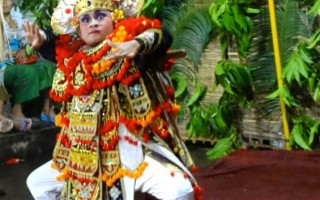
BIG NEWS!!! My first children’s book, Beato Goes To Greenland will be available in bookstores and online next week! Pre order your copy through Mascot Books by clicking here. It has been a long process. I have started to write books, finished the chapter outlines, pitched to editors, started working on the Book Layout Design, […]

Bali: exploring Hinduism outside India while also enjoying pristine beaches, dive sites, all-inclusive resorts, and year-round temperate weather. As seen in Khabar Magazine January 2014 print issue. Words & photography by Sucheta Rawal. I arrived on the island of Bali, Indonesia, during an auspicious time. Palm trees adorned homes and businesses, colorful offerings for deities sat on doorsteps, and locals, […]

Traveling, for me, is not only beautiful and enriching because of the deep histories, architecture, gastronomical culture, languages, and myriad of landscapes and climates; it is beautiful as you are exposed to so many people in the country, while you are journeying to the destination. Through the people is how we are able to break […]